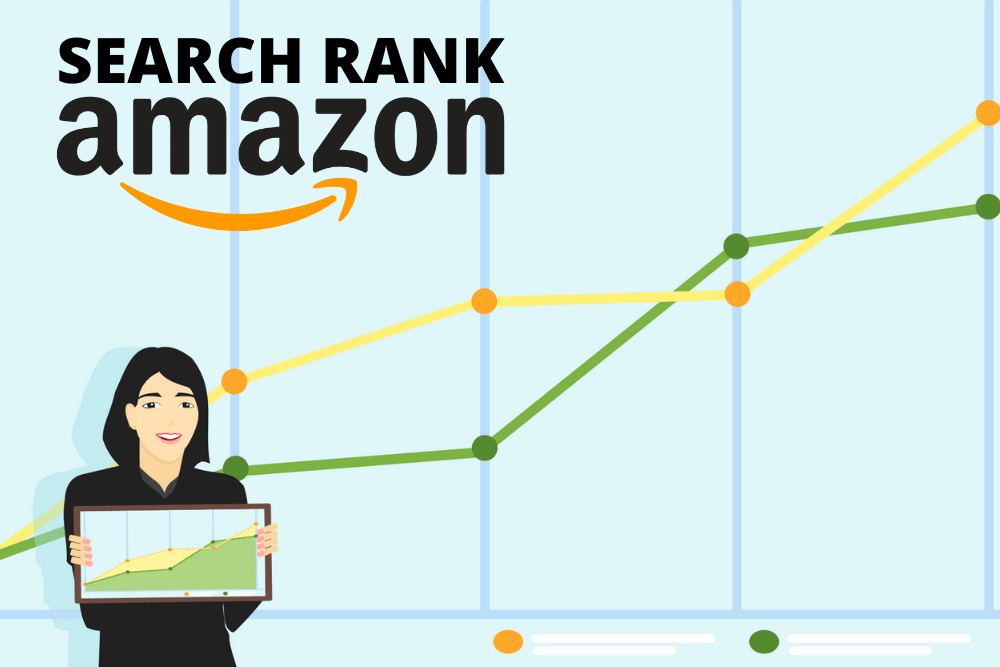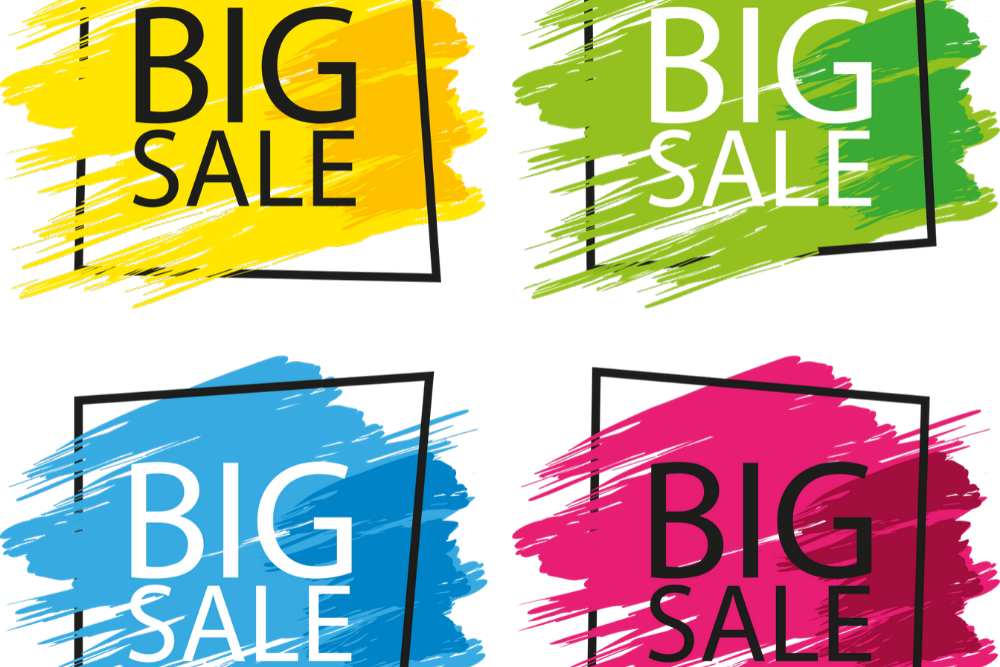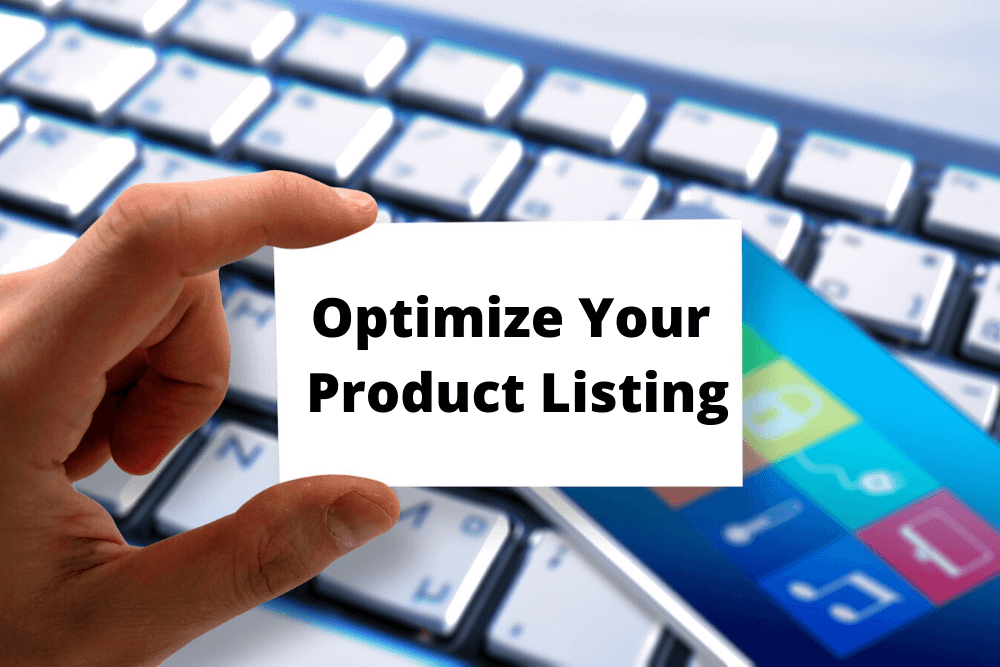
The way Amazon determines seller ranking is always changing. What got you on page one Amazon search results just six months ago might not today. It’s 2020 so what new ways are there to get higher rankings on from Amazon’s A9 search engine?
Discounting Discounts – Target Full Pricing
Time was when viral launches, giveaways, discounts, coupons, and other such incentives were sufficient to get people interested in your products, boost purchases and generate reviews, all of which result in higher search rankings that provide the foundation for long-term sales. That time has passed.
In 2020, according to David Zaleski of EcomHub, Amazon is looking at three key customer behaviors (Intent, Educating, Purchase) reflective of the organic search process that determine seller ranking:
- Searching by your main and long-tail keywords (Intent)
- Loading cart with similar products from other sellers to compare descriptions/prices/reviews of products from multiple sellers (Educating)
- Selecting your product and paying full price (Purchase)
How do you target full price purchasing and incent these behaviors to rank high on Amazon search results—for your new product launch as well as your existing product listings—and still remain in compliance with Amazon Selling Policies and Seller Conduct?
It’s a bit of a complicated process, but if you want a higher ranking in 2020, here’s what you need to do.

1. Optimize Your Product Listing
Before you even begin trying to promote desired organic search and purchase behaviors, optimize your product listing. This, in and of itself, is critically important to your search ranking. Because if customers find your product listing confusing or amateurish or inaccurate, they’re not going to click on it, and not clicking means not ranking, not to mention not selling.
What goes into an effective product listing? Keywords potential customers are most likely to use to search for your product. Accurate product description with some persuasive copywriting, with short bullet points listing main features and functions. Most importantly are product images. Not just one, but at least five to eight. They need to look professional in ways that highlight the use of the product and are eye-catching to potential consumers.
You can find more specifics about product listing optimization here. But one thing we particularly recommend is that you look at your competitors. You can learn from competitive product listings to determine what you might need to do and improve upon. Purchase their products to see how in comparison yours measure up in terms of packaging and overall quality. Because if you find out your potential product offering isn’t of the same quality, you can bet customers will figure out the same thing.

2. Place Facebook Ads with Incentives to Test
The next step is to target customers who are potentially interested in your product and are willing to “test it.” Place ads on Facebook inviting people who might be interested in testing your product. Note that you could use other platforms, such as Google, and probably get similar results. However, Facebook is relatively easy to use and one of the top social media sites that are bound to get you good high-quality results. If you’re doing this for the first time, we recommend you start with Facebook.
Set a budget—we’d recommend $20 to $40 daily—to buy Facebook ads. You may want to spend less or more depending upon your response rate. Run A/B split tests with different audiences relevant to your product to determine your optimum audience.
Why Would Someone Want to Test Your Product?
Two reasons:
1. They have some interest already in the type of product you are offering.
2. You offer reimbursement of the purchase price for following your testing process.
Wait, isn’t that a violation of Amazon policy to provide reimbursement for something ultimately intended to boost your search ranking? Well, since you’re not asking them to post an amazon review in return for reimbursement, no. And, actually, encouraging users from outside the Amazon ecosystem actually provides Amazon with useful data. And Amazon makes some money. So it’s a classic win-win for both seller and Amazon.
Seeing as how you are essentially giving away your product, set a budget for how many rebates you’re willing to offer. Factors to consider are how many competitors you have within the product category, your current overall accounts receivables, and the size of your advertising/marketing budget. In other words, what you can afford.

3. Set up a Messenger Chat Bot
Set up a chatbot in Facebook Messenger to provide further details on what your test entails, i.e., that they need to follow a certain process and that they will be reimbursed for the product purchase. There are various third party software providers that can help you build a chatbot. The bot can be designed to either send them to a URL that outlines the Intent, Educating, Purchase process or ask them to contact you directly through Facebook Messenger to get further details.
4. Outline a Sequence
Make sure you emphasize that once someone asks to participate, they must be invited through Messenger in order to be eligible for a rebate. Also specify some proof, such as screenshots, that they’ve followed the Intent, Educating, Purchase process.
In cases of high response rates, you’ll want to limit the number of testers so you don’t wind up giving away your inventory or, worse, having to order more inventory. You should also set a time period during which the test must be completed.
Be sure to specify the keywords you want them to use and a minimum number of two or three other products to comparison search. Also specify that testers must search through a mobile app, as some 70 percent of organic searches originate this way. It could be a red flag to the A9 algorithm if you were to receive too high a percentage of desktop searches.

5. Provide Reimbursement Rebate
You want to conduct reimbursement outside of the Amazon ecosystem. The customer notifies you of the purchase through Facebook Messenger. Verify the purchase and then provide reimbursement through a common payment platform such as PayPal.
6. Get Results
Monitor your search ranking results. You should see higher rankings at the conclusion of the test period. Also, take a look at your product reviews. You can expect an increase in positive product reviews, which further solidifies higher search rankings, even though you expressly did not ask testers to post a review, much less a positive one. Why? Because when people have a good experience with a product, even if they’ve received a rebate for buying it, they feel a bit obligated to provide a positive review, is the experience Zaleski reports.

How Long is This Going to Last?
Ultimately, that depends on the quality of your product and your product listing (see Step 1). We’ve explained how you can get a high Amazon ranking for a new product launch or a poorly ranked product. The ranking is only going to stick if, once you’re in a higher listing, you literally deliver the goods.
Also, keep in mind that Amazon is always changing its ranking criteria–at some point, this method too will join the dustbin of “what used to work” strategies. To stay on top of what Amazon is doing and how best to maximize your reviews and ranking, consider signing up for Feedbackwhiz. Because in the Amazon selling business, no one succeeds just on what used to succeed.

0 Comments